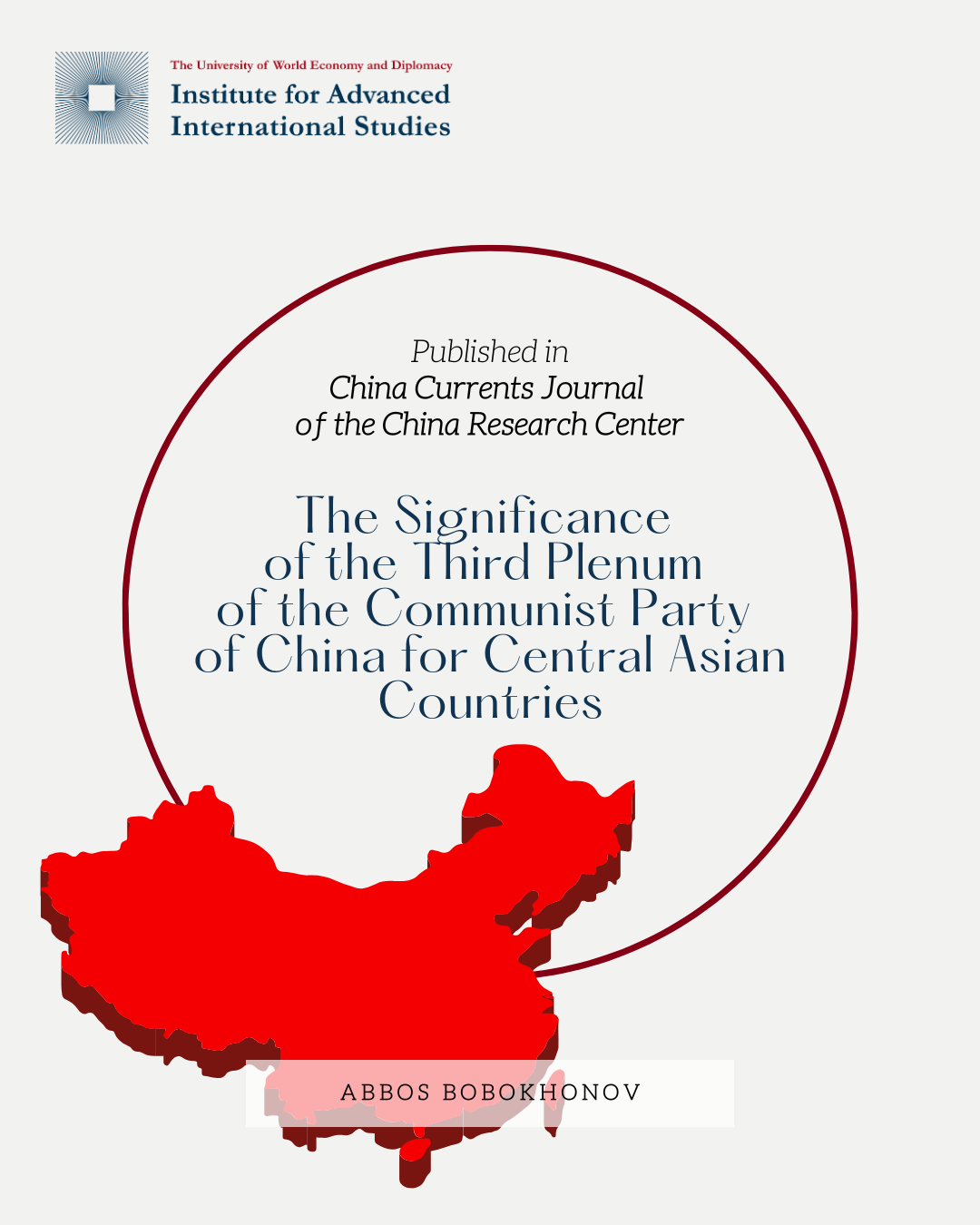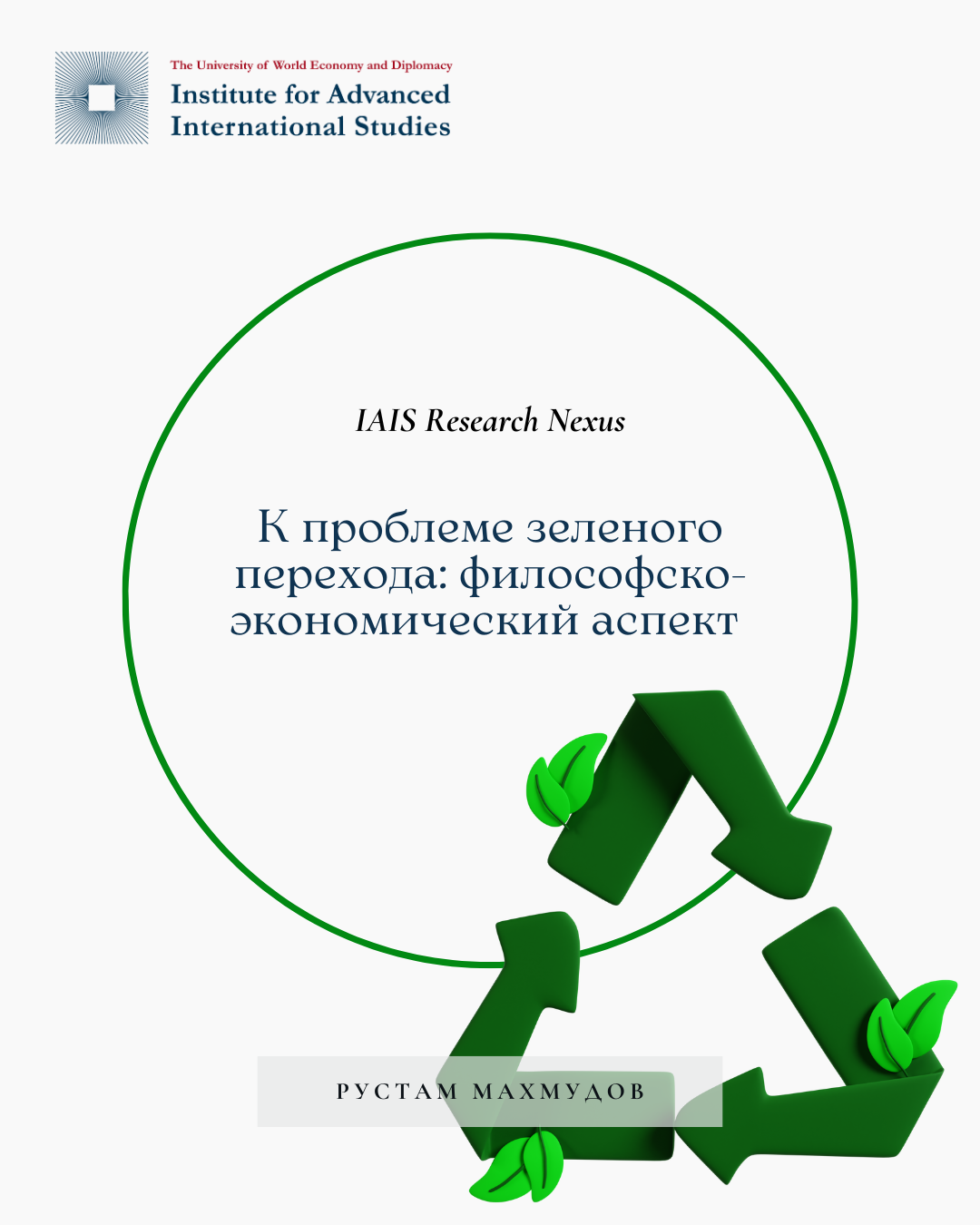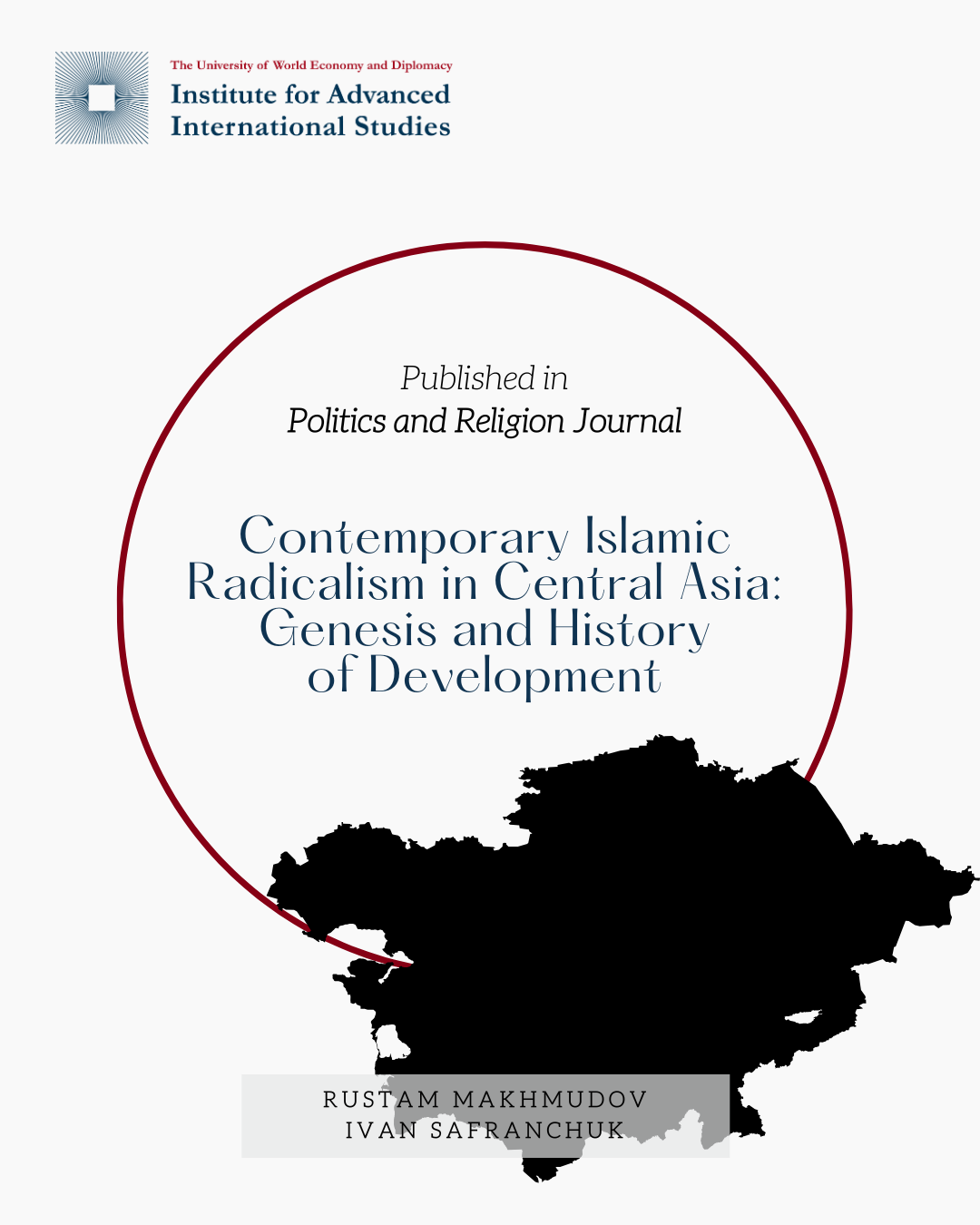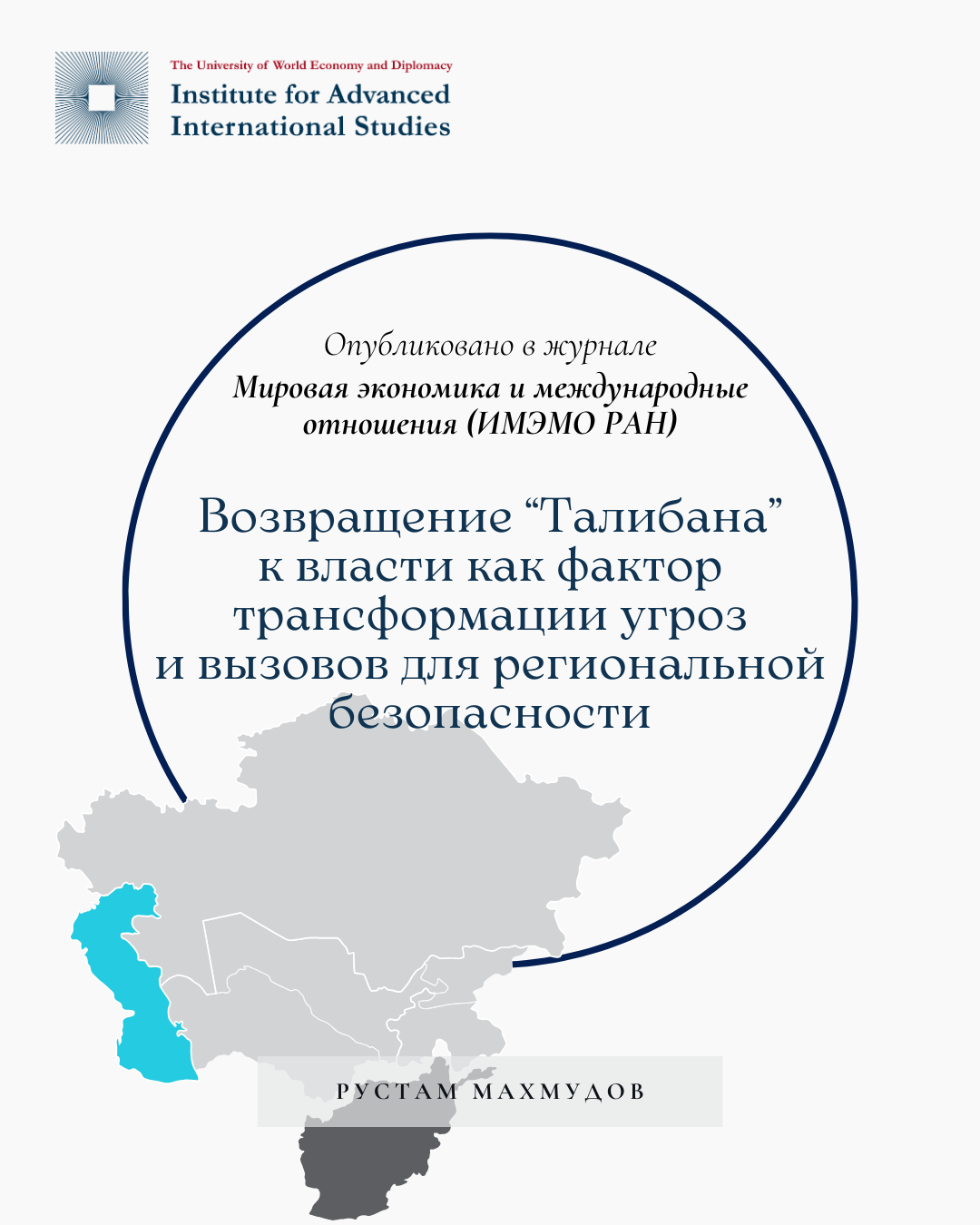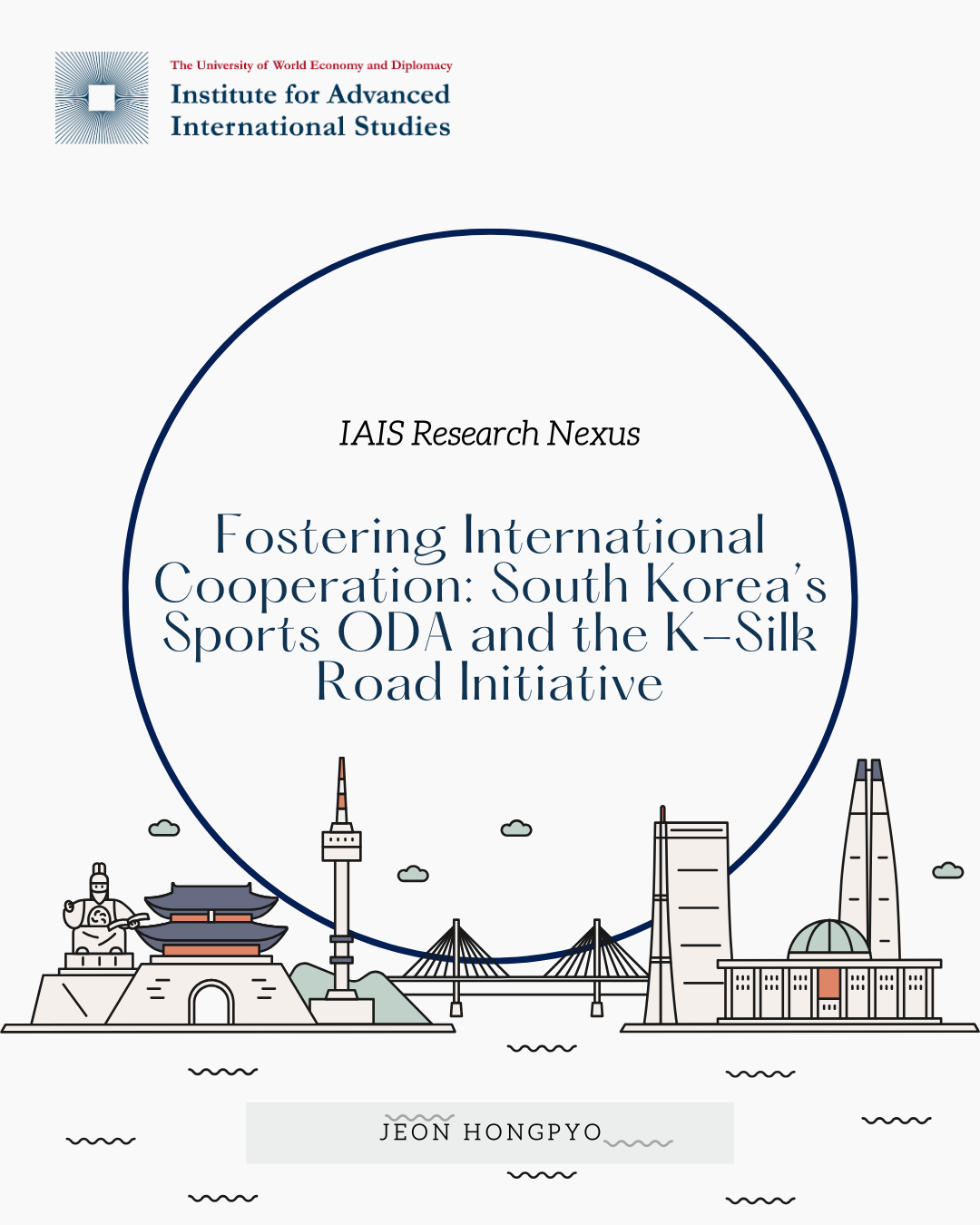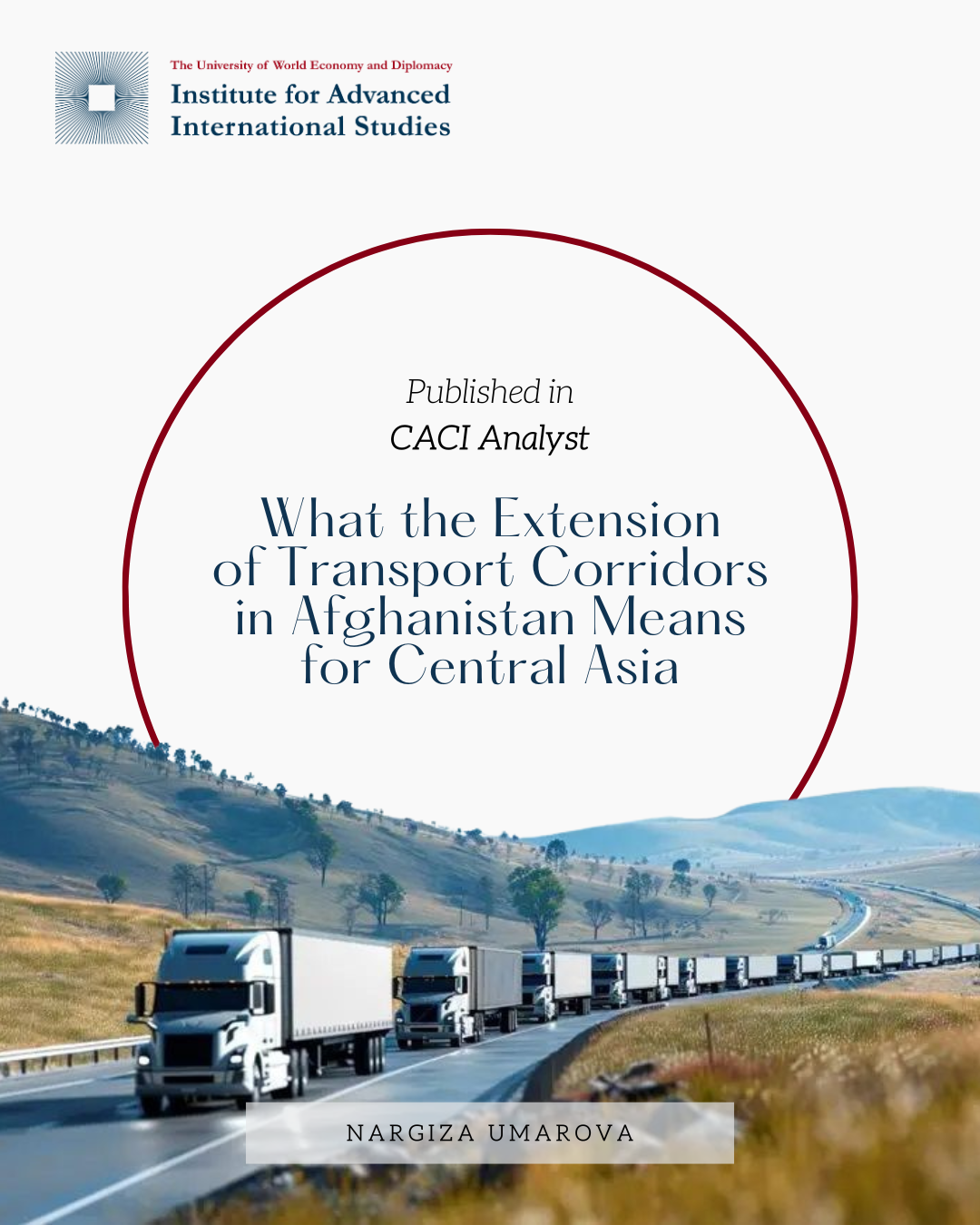In her recent article, published in Central Asia-Caucasus Analyst, Nargiza Umarova explores the geopolitical and economic implications of developing trans-Afghan transport routes. She argues that Central Asia is striving to reclaim its historical role as a vital land-based transportation hub connecting East and West, as well as North and South. The diversification of trade routes, particularly through Afghanistan, is a strategic priority for many Central Asian states, as it reduces reliance on traditional transit through Russia. However, she warns that the involvement of major powers — such as China, Russia, India, and Iran — introduces a complex web of competing interests that could complicate regional cooperation.
Ms. Umarova highlights how Afghanistan, under the Taliban government, has actively pursued infrastructure projects, including the Kabul Corridor (linking Uzbekistan, Afghanistan, and Pakistan) and the Lapis Lazuli Corridor. She notes that multiple Central Asian countries are competing to shape the region’s transit landscape. Uzbekistan, for instance, champions the Termez-Mazar-i-Sharif-Kabul-Peshawar railway, while Turkmenistan and Kazakhstan back an alternative Trans-Afghan Corridor linking Turkmenistan to Pakistan. These rival projects not only reflect economic ambitions but also intersect with broader geopolitical strategies, as regional players seek to secure their positions in South Asian trade networks.
The article also discusses the strategic interests of external powers. Russia is keen on integrating Afghanistan into its North-South Transport Corridor to facilitate trade with South Asia, while Iran is pushing for alternative routes that bypass Central Asian competitors. Iran’s near-completed Khaf-Herat railway and its long-term vision for a transit corridor via Afghanistan and China pose a challenge to Central Asia’s transit ambitions. Similarly, the author outlines India’s efforts to connect with Central Asia via Iran’s Chabahar Port, bypassing Pakistan entirely. She further notes China’s cautious engagement in Afghan transit, particularly in relation to the Wakhan Corridor, which could create a direct trade link between Afghanistan and China but also diminish Central Asia’s relevance as a transit hub.
In conclusion, Nargiza Umarova underscores that while the expansion of Afghan transport corridors presents opportunities for Central Asia, it also introduces risks of intensified competition and geopolitical rivalry. To navigate these challenges, she advocates for a coordinated regional approach, where Central Asian states collaborate rather than compete to maximize mutual economic benefits. Without such coordination, she warns, external powers could exploit divisions within the region, potentially undermining Central Asia’s ability to leverage its strategic transit potential.
* The Institute for Advanced International Studies (IAIS) does not take institutional positions on any issues; the views represented herein are those of the author(s) and do not necessarily reflect the views of the IAIS.

